Augmented Reality (AR) has been quietly transforming various industries around the globe, and its potential to revolutionize the art museum experience is gaining traction. As Australia's art institutions grapple with the challenges of attracting and engaging new audiences, could AR become a staple feature in Australian art museums? This article delves into the possibilities, backed by data and expert insights, to explore whether AR could be a game-changer for the country's cultural landscape.
Understanding Augmented Reality in Art Museums
Augmented Reality overlays digital content onto the real world, offering an enhanced experience that can transform static displays into interactive, dynamic exhibits. In art museums, AR can provide deeper insights into artworks, historical context, and artist intentions, enriching the visitor experience. Museums around the world, such as The Smithsonian in the United States, have successfully integrated AR to engage visitors more effectively.
Case Study: The National Gallery of Australia
The National Gallery of Australia (NGA) embarked on an AR initiative to enhance visitor engagement. By using AR apps, visitors could view layers of digital information superimposed on artworks, such as artist interviews, related historical events, and 3D models of the sculpture-making process. This initiative aimed to attract younger audiences and increase repeat visits.
Problem: The NGA faced declining visitor numbers, particularly among younger demographics.
Action: Implemented AR technology to provide interactive educational content alongside traditional art displays.
Result: Within a year, visitor engagement increased by 30%, and membership renewals rose by 15% among millennials.
Takeaway: The NGA's success demonstrates AR's potential to transform passive viewing into active exploration, appealing to a digitally savvy audience.
The Australian Economic Context
Australia's economy, driven by sectors such as mining and agriculture, has recently pivoted towards technology and innovation to maintain its competitive edge. According to the Australian Bureau of Statistics, the technology sector has seen robust growth, with digital transformation initiatives becoming a priority across industries. This shift presents an opportunity for cultural institutions to adopt new technologies like AR to stay relevant.
The Reserve Bank of Australia (RBA) notes that consumer spending on leisure and recreation, including cultural activities, is on the rise. With an increasing appetite for unique experiences, museums integrating AR could tap into this trend, attracting both local and international tourists.
Pros and Cons of AR in Art Museums
Pros:
- Enhanced Visitor Engagement: AR offers interactive experiences, leading to longer and more meaningful visitor interactions.
- Educational Opportunities: Provides layers of information, making art more accessible and educational for diverse audiences.
- Attracting Younger Audiences: Aligns with digital-native expectations, driving increased interest and visits from younger demographics.
- Innovative Exhibitions: Enables creative and adaptable exhibitions that can be updated without physical alterations.
Cons:
- High Initial Costs: Implementing AR requires significant investment in technology and content development.
- Technical Challenges: Requires ongoing maintenance and updates to ensure smooth functionality.
- Accessibility Concerns: Not all visitors may have the technology or skills to access AR features, potentially alienating some audiences.
Global Trends and Their Implications for Australia
Globally, museums like the Louvre in Paris and the British Museum in London have successfully integrated AR into their exhibits, offering visitors immersive experiences that blend art with technology. These examples provide valuable insights for Australian institutions considering similar approaches.
In the context of Australia's unique cultural landscape, AR could help museums showcase Indigenous art in innovative ways, providing global audiences with deeper insights into Australia's rich heritage. This aligns with national initiatives to promote Indigenous culture and could serve as a powerful tool for education and reconciliation.
Regulatory Considerations
The Australian Competition & Consumer Commission (ACCC) and the Australian Communications and Media Authority (ACMA) play crucial roles in regulating digital content and ensuring consumer protection. Museums adopting AR must navigate these regulations to ensure compliance, particularly concerning data privacy and digital rights management.
Future Trends and Predictions
As AR technology becomes more sophisticated and affordable, its adoption in art museums is expected to grow. According to Deloitte's 2024 Global Technology Trends report, AR is poised to become a mainstream tool in cultural institutions, driven by advancements in mobile technology and consumer demand for interactive experiences. By 2030, it's predicted that 50% of Australian museums will incorporate AR elements into their exhibitions.
Conclusion: Is AR the Future of Australian Art Museums?
Augmented Reality holds significant potential to transform the visitor experience in Australian art museums, offering interactive, educational, and engaging exhibitions. While there are challenges to overcome, such as cost and accessibility, the benefits of enhanced engagement and attracting new audiences are compelling.
For investors and cultural institutions, the integration of AR presents a strategic opportunity to align with technological trends and consumer preferences. As Australia continues to embrace digital transformation, art museums adopting AR could set a new standard in cultural engagement and innovation.
People Also Ask
How does AR impact art museums in Australia? AR enhances visitor engagement by providing interactive and educational experiences, increasing visitor numbers and attracting younger audiences.
What are the biggest misconceptions about AR in museums? One common myth is that AR is too expensive for museums. However, modular AR solutions can be implemented cost-effectively, as demonstrated by successful global examples.
What are the best strategies for implementing AR in museums? Experts recommend starting with pilot projects, collaborating with tech partners, and ensuring AR content aligns with the museum's educational goals for long-term success.
Related Search Queries
- Augmented Reality in Australian museums
- Future of art museums in Australia
- How AR is changing the museum experience
- Technology in cultural institutions Australia
- Interactive exhibits in Australian art galleries
- Regulations for digital content in Australia
- Indigenous art and technology
- Trends in museum visitor engagement
- Investing in technology for museums
- AR applications in Australian culture





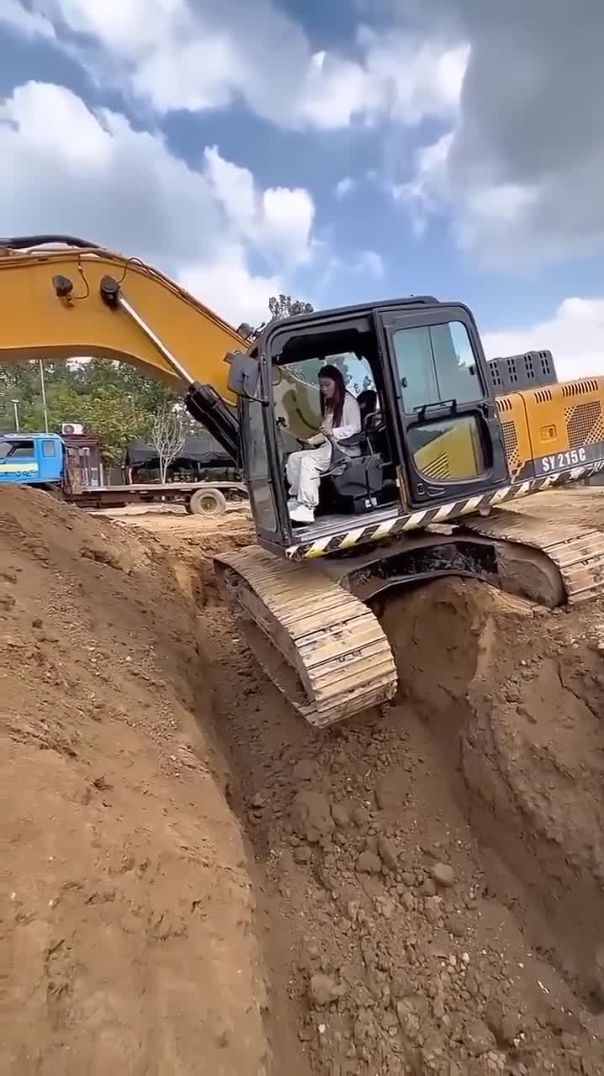
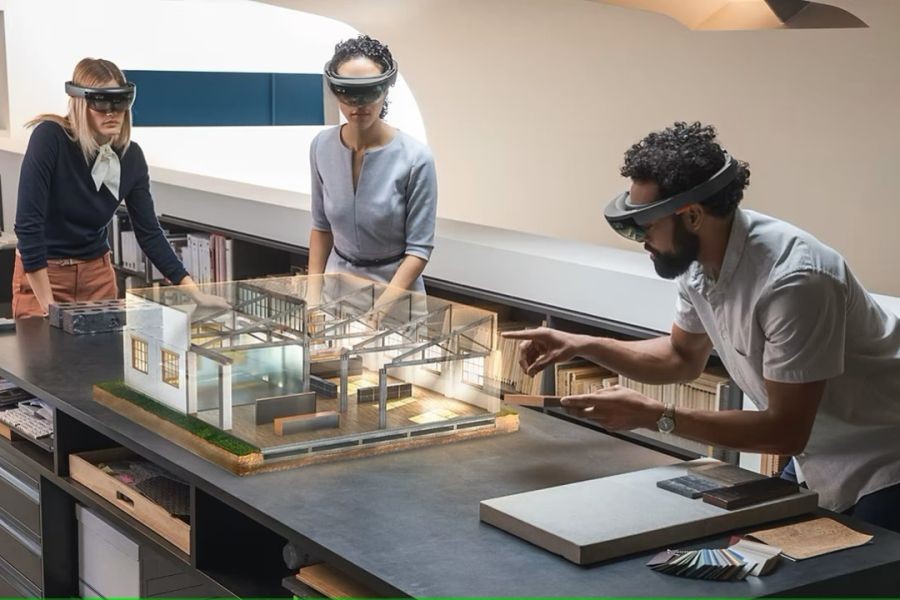



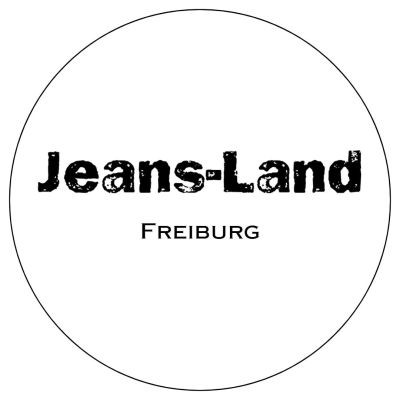







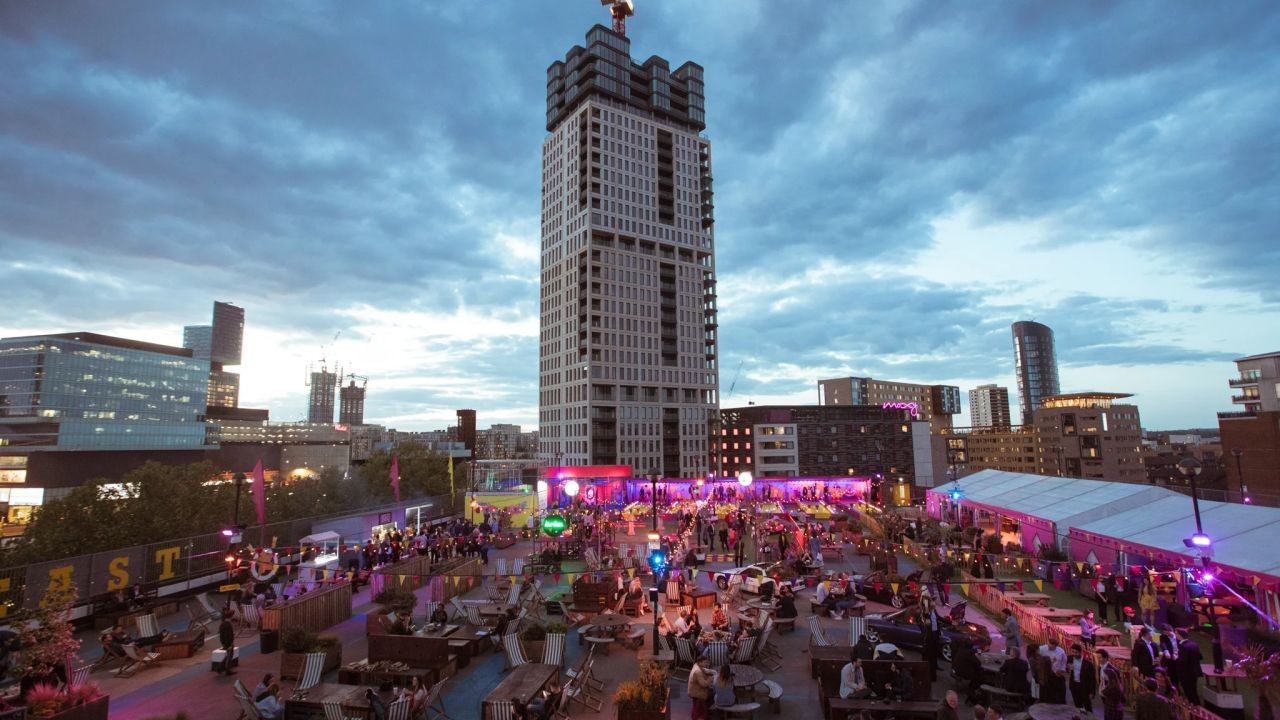


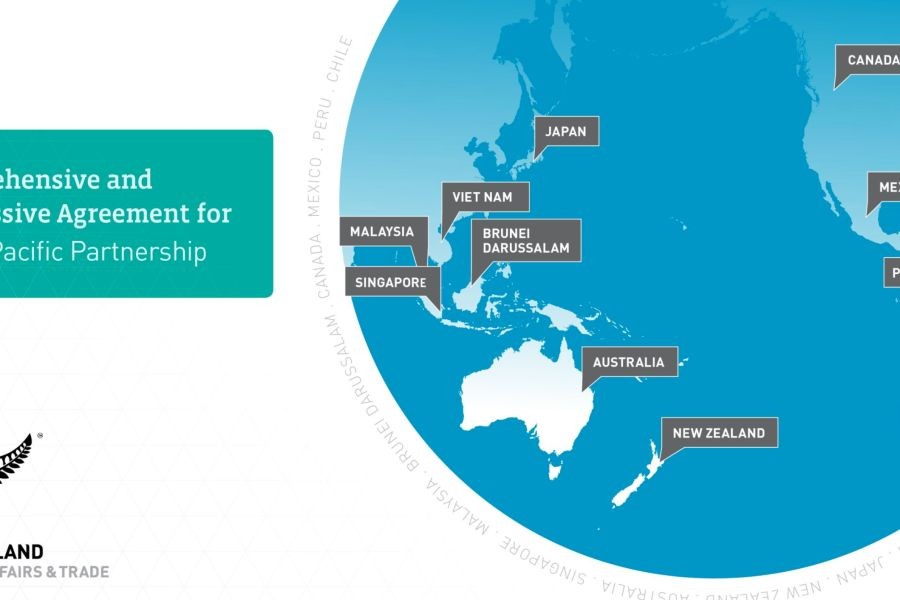





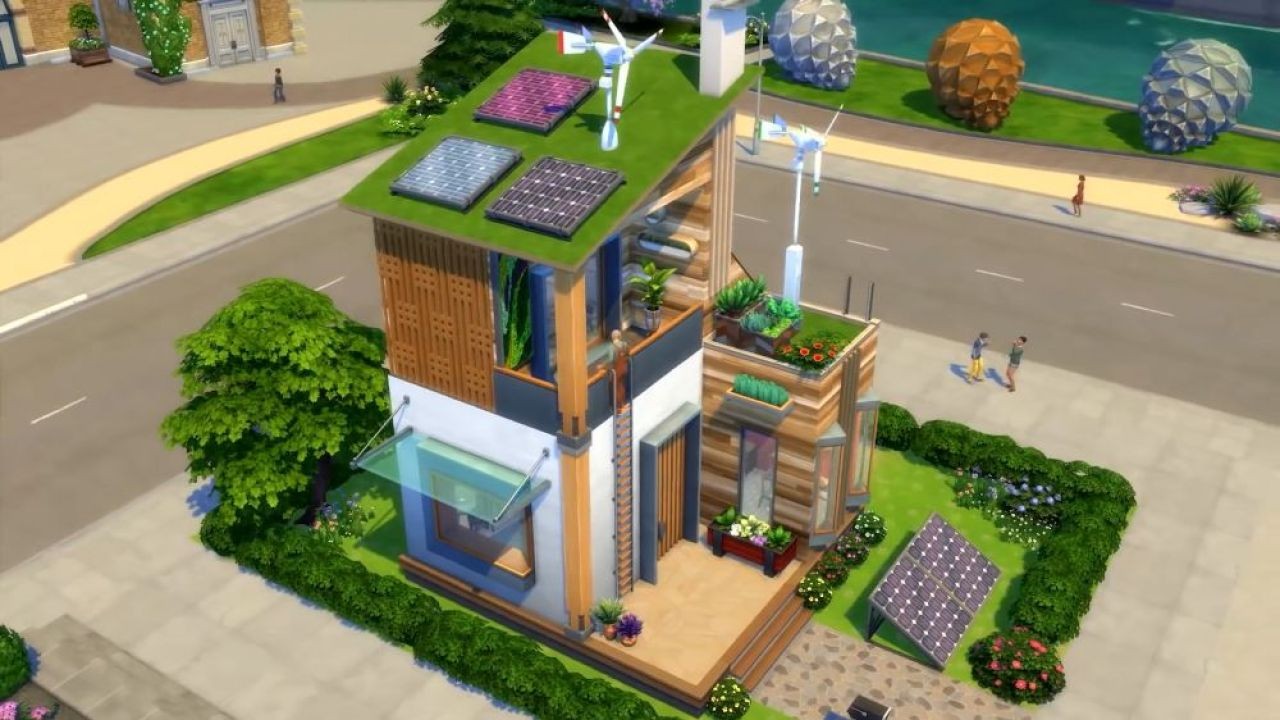
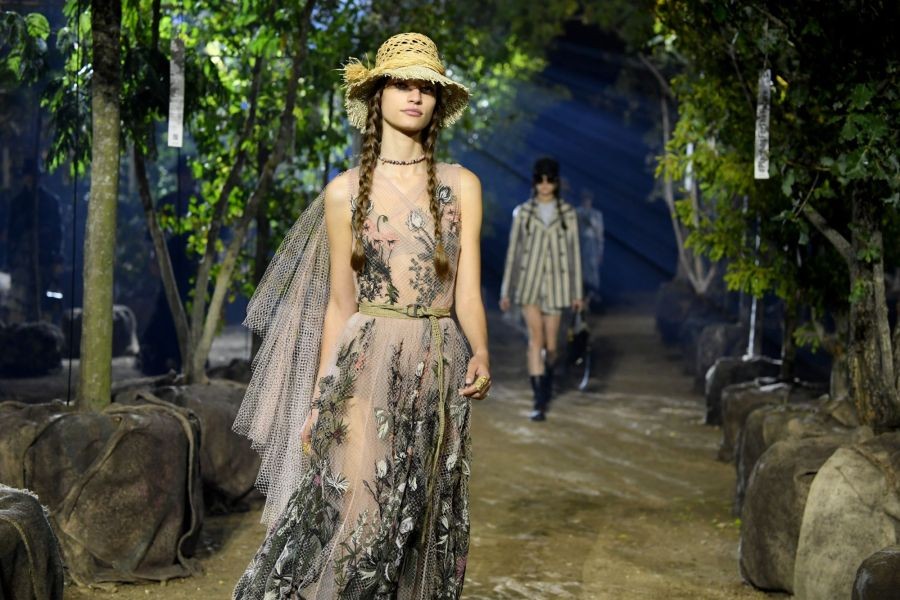




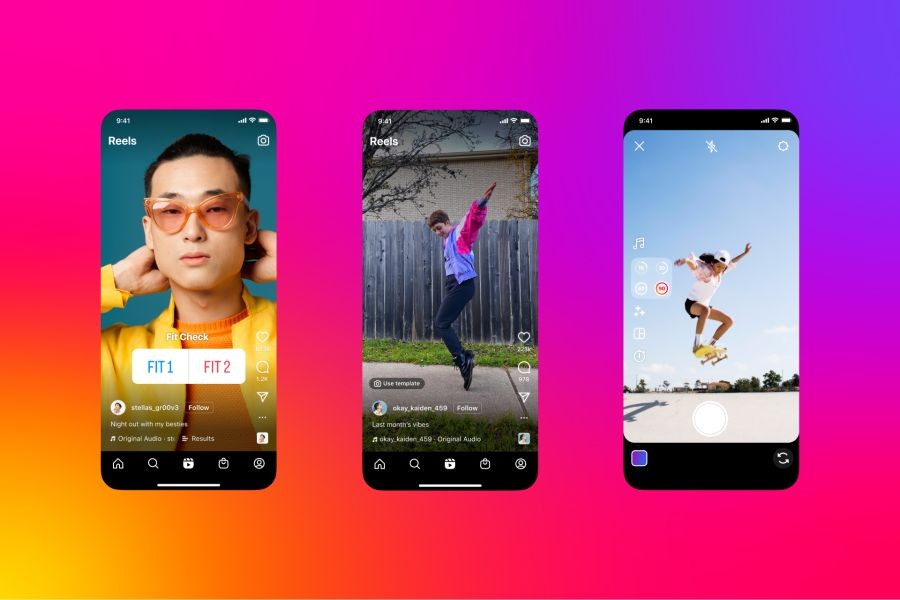





ahmad shah
17 days ago